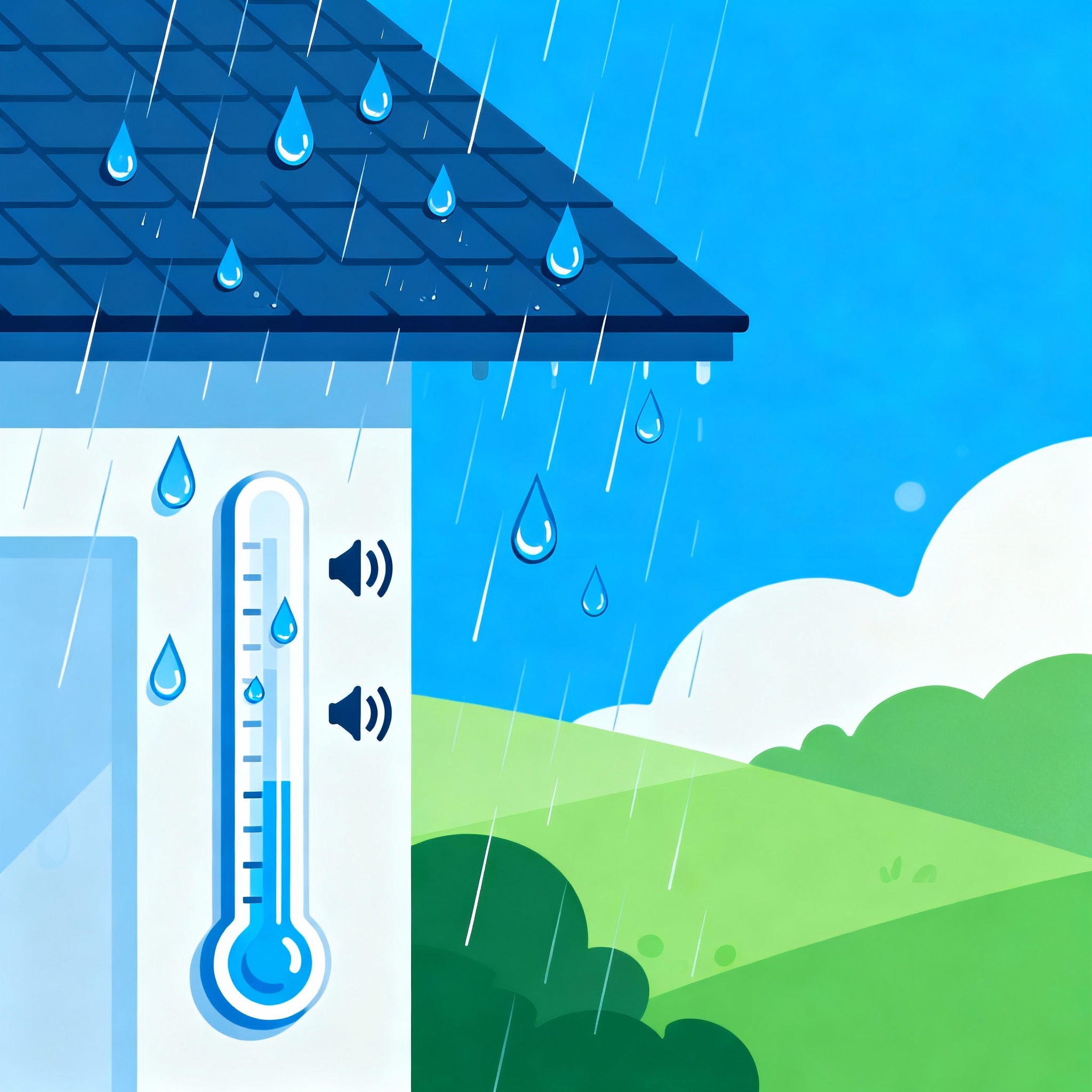Rainfall Volume Calculator
Compare Rainfall Between Cities
U.S. City Rainfall Data
🌧️ Seattle, WA
Annual Rainfall
Rainy season: October – March
Wettest month: November (6″)
Driest month: July (0.8″)
🌲 Portland, OR
Annual Rainfall
Rainy season: October – April
Wettest month: December (5.4″)
Driest month: July (0.6″)
🗽 New York, NY
Annual Rainfall
Rain distributed year-round
Wettest month: July (4.6″)
Driest month: February (3″)
🌴 Miami, FL
Annual Rainfall
Wet season: May – October
Wettest month: June (9.4″)
Driest month: January (2″)
🌵 Phoenix, AZ
Annual Rainfall
Monsoon season: July – September
Wettest month: August (1″)
Driest month: June (0.1″)
🏙️ Chicago, IL
Annual Rainfall
Rain distributed year-round
Wettest month: June (4.6″)
Driest month: February (1.9″)
🤠 Houston, TX
Annual Rainfall
Wet season: April – October
Wettest month: June (5.4″)
Driest month: February (3″)
🌊 Los Angeles, CA
Annual Rainfall
Rainy season: November – March
Wettest month: February (3.5″)
Driest month: July (0″)
🏔️ Denver, CO
Annual Rainfall
Rain peak: April – August
Wettest month: May (2.4″)
Driest month: January (0.5″)
🍑 Atlanta, GA
Annual Rainfall
Rain distributed year-round
Wettest month: July (5.4″)
Driest month: October (3.1″)
💡 Using Rainfall Data
- ✓ Use annual totals for planning rain barrel capacity
- ✓ Check wettest months for peak collection potential
- ✓ Plan drainage systems based on maximum monthly rainfall
- ✓ Consider seasonal variations for garden water planning
- ✓ Visit NOAA or Weather.gov for your specific location data
Rainfall Calculator User Guide
What It Does:
Calculate water volume from rainfall on any surface area, compare rainfall between cities, and access rainfall data for planning water harvesting or drainage systems.
How to Use:
💧 Volume Calculator
Calculate total water volume from rainfall on a specific area.
- Enter Area Dimensions:
- Length – Surface area length in feet
- Width – Surface area width in feet
- (Can be roof, lawn, patio, parking lot, etc.)
- Input Rainfall Amount:
- Enter rainfall depth in inches
- Can be from a single storm or period total
- Select Time Period:
- Single Storm Event – One rain event
- Daily Average – Typical daily amount
- Monthly Total – Entire month’s rainfall
- Annual Total – Yearly total
- Calculate:
- Click “Calculate Volume”
- Results show:
- Total gallons and liters
- Cubic feet and meters
- Water weight in pounds
- Rain barrel capacity needed
📊 City Comparison
Compare annual rainfall collection potential between two cities.
- Select First City:
- Choose from 10 major U.S. cities
- Includes Seattle, Miami, Phoenix, NYC, etc.
- Select Second City:
- Choose another city for comparison
- Enter Roof/Area Dimensions:
- Length and width in feet
- Same area used for both cities
- Compare:
- Click “Compare Cities”
- Results display:
- Annual rainfall for each city
- Total gallons collectable per city
- Difference in gallons and percentage
- Barrel requirements for each location
Example: See how much more water a Seattle roof collects vs. Phoenix roof of same size!
📖 Rainfall Data Tab
Reference guide for 10 major U.S. cities with detailed rainfall information.
Information Provided:
- Annual total rainfall (inches)
- Wettest and driest months
- Rainy season patterns
- Regional rainfall characteristics
Cities Included:
- Seattle, WA (38″)
- Portland, OR (36″)
- New York, NY (46″)
- Miami, FL (62″)
- Phoenix, AZ (8″)
- Chicago, IL (37″)
- Houston, TX (50″)
- Los Angeles, CA (15″)
- Denver, CO (17″)
- Atlanta, GA (50″)
Rainfall Formula:
Basic Calculation:
textGallons = Area (sq ft) × Rainfall (inches) × 0.623
Example:
- 1,000 sq ft roof
- 1 inch of rain
- Result: 623 gallons
Quick Reference:
- 1 inch rain on 100 sq ft = 62 gallons
- 1 inch rain on 500 sq ft = 312 gallons
- 1 inch rain on 1,000 sq ft = 623 gallons
- 1 inch rain on 2,000 sq ft = 1,246 gallons
Practical Applications:
Water Harvesting:
- Size rain barrels for roof catchment
- Plan cistern capacity
- Estimate annual collection potential
Drainage Planning:
- Calculate stormwater runoff volume
- Size drainage systems
- Plan retention ponds
Garden Irrigation:
- Estimate free water availability
- Reduce municipal water dependency
- Plan supplemental watering needs
Cost Savings:
- Average garden use: 50 gal/week
- At $0.01/gallon: $26/year savings
- 1,000 gallons collected = $10 saved
Quick Tips:
✅ 1,000 sq ft roof = 623 gallons per inch of rain
✅ Use annual rainfall data for capacity planning
✅ Account for 20% loss from evaporation/overflow
✅ Check wettest months for peak collection
✅ Multiply by 0.8 for actual roof runoff efficiency
Pro Tip: A typical 1,500 sq ft roof in Seattle (38″ annual rain) can collect about 35,500 gallons per year – that’s enough to fill 355 standard rain barrels or irrigate a large garden all season without using municipal water!

Angelina Everly leads the editorial desk at Live Green Gardens, blending practical plant care, hands-on product testing, and approachable outdoor styling. She focuses on step-by-step how-tos, buyer’s guides, and small-space makeovers that work in real life and real budgets. When she’s not comparing pruning shears or setting up a drip kit, you’ll find her creating cozy corners with planters, solar lights, and pollinator-friendly picks—always with clear pros/cons and safety notes so you can buy once and garden happy.

